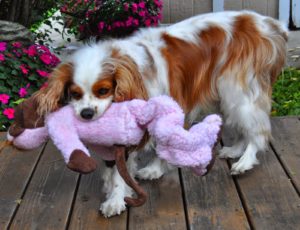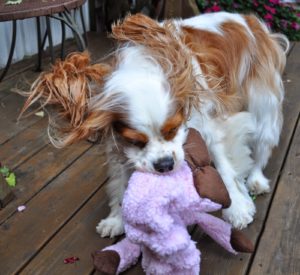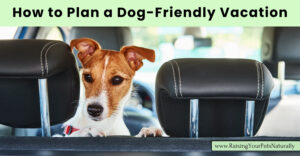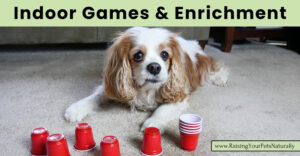Google Adsense—>

Dog Toy Reviews : Durable and Tough Dog Toys
HuggleHounds Crunchy Dog Toy Review

Disclaimer: This is a sponsored review. However, I will always offer my readers an unbiased and honest account of my experiences. Your trust is very appreciated, and never taken for granted. ~Tonya, Dexter and Nutter
How do you like my new HuggleHounds Crunchy Monkey? HuggleHounds was kind enough to send me one to try and one to use as a giveaway! Thanks, HuggleHounds! I’ve been a fan of HuggleHounds toys for some time now. You can read my review of my Knotties Raccoon here.
This crunchy monkey is referred to as “monkey” in our house. That’s strange. Mom and Grandma call me monkey too. I don’t think we look alike at all. Anyway, my HuggleHounds Crunchy Monkey is super fun! I have a real good time tossing him up in the air, shaking my head like I’m trying to kill him, and playing tug with Mom. My monkey dog toy is quite large and tough. From head to bottom he measures 12″ long. HuggleHounds Crunchy Monkey has a crunchy recycled bottle inside his body. The cool thing is there is a Velcro enclosure on the bottom so the bottle can be replaced with a new one…..or even with something else. You can even put a squeaker toy inside, or treats, or whatever else you can think of for a new game.

HuggleHounds Crunchy Monkey has really long arms and legs. They are great for tugging and dragging the dog toy around the room. He is made of soft corduroy plush and lined with Tuffut Technology for extra strength and durability. The monkey has squeakers in his arms and long, fun bungee legs. I am really digging my HuggleHounds Crunchy Monkey. This has been at the top of my toy box this past couple of weeks. He’s a real hit! He is holding up strong to my tugging and fetching and tossing.
However, I did manage to pick away at his furry head (he had hair) and chewed his ears off. But once I got those out of the way, he’s tough. Seams are holding strong and no holes. For most dogs, he probably would hold up nicely. As you know, I’m just a focused picker.

So the verdict? HuggleHounds Crunchy Monkey is a win for being fun, large and tough for tugging.
I’m still able to pick at pieces, but fabric toys are just that way.
Thank you again HuggleHounds for your toy to review.
Pros: Durable soft dog toy, lots of fun points to tug and chew on, tough squeakers and fabric, affordable, machine washable
Cons: Didn’t stand up to my picking, made in China
Is your dog hard on his toys? Tell me in the comments.
Are you looking for even more ways to stay up to date with Raising Your Pets Naturally? Sign up for the newsletter for more tips and promotions. Don’t forget to be social and Like, Follow and Subscribe. Comments below are always welcome.
Facebook Twitter Pinterest Instagram YouTube Vimeo






